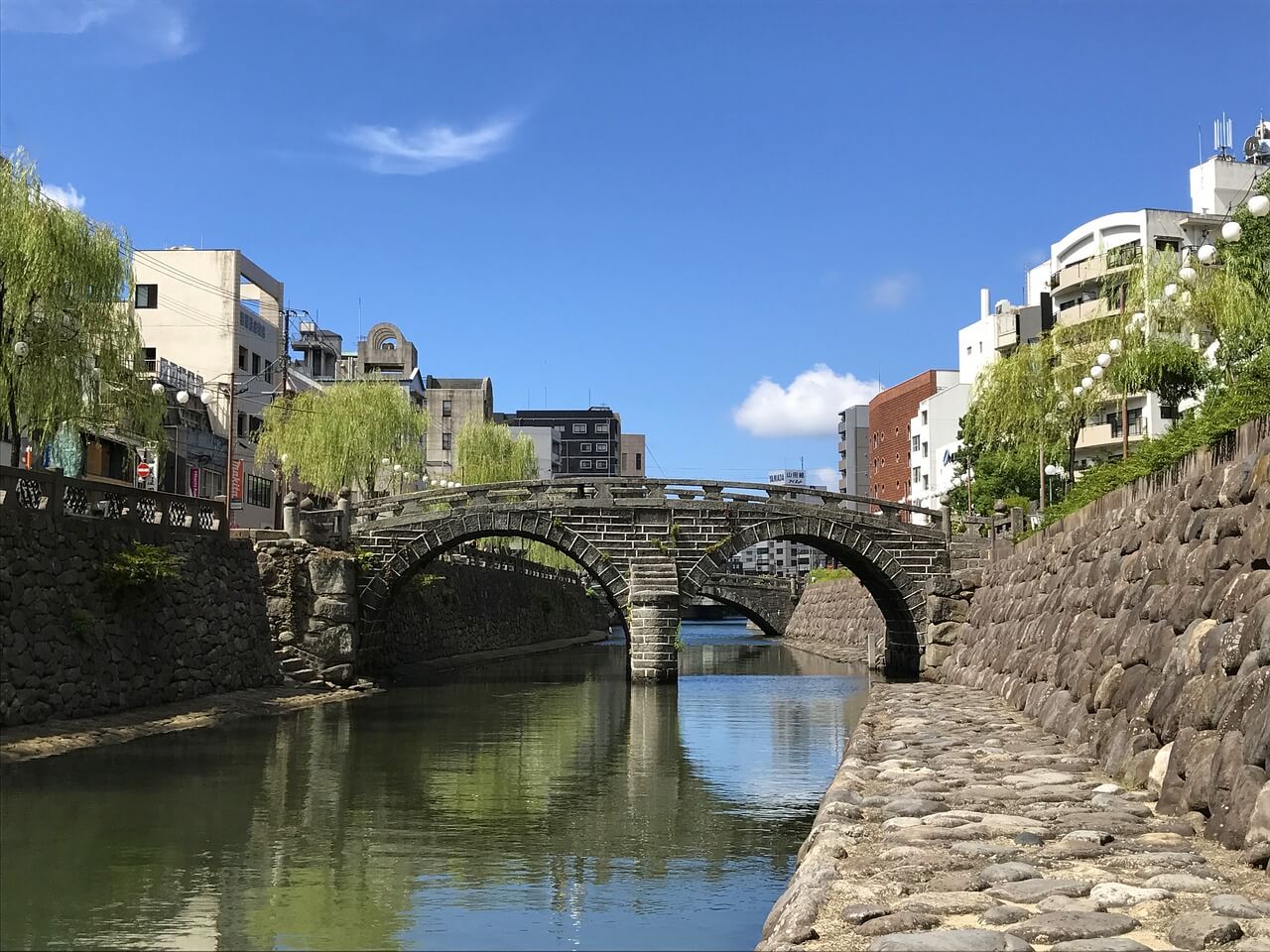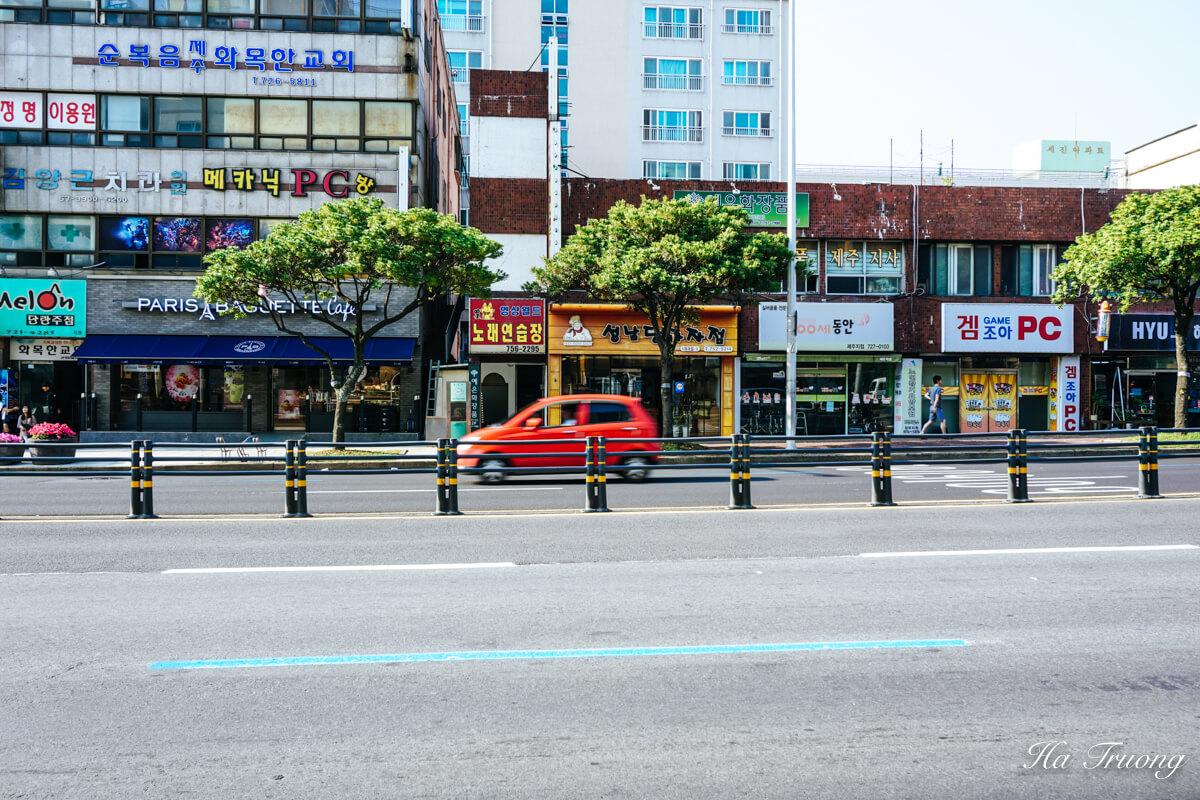Train Travel in Japan: Useful Tips to Navigate
So, you’re planning your next adventure and want to learn more about train travel in Japan? Whether it’s your first trip or you’re a seasoned Japan traveler, understanding the JR system is essential. Let me guide you through this railway marvel.
1. Shinkansen (Bullet Trains):
First things first, the Shinkansen – or as you might know it, the bullet train.
Often the top choice for tourists exploring train travel in Japan, Shinkansen is the epitome of speed and elegance.
Imagine breezing from Tokyo to Osaka while catching glimpses of Mount Fuji, all in just 2.5 hours.

It’s not just about speed, though; it’s a seamless blend of precision, design, and service. Your journey becomes an experience.
- Travel time: 2.5 hours from Tokyo to Osaka or 4 hours from Tokyo to Hiroshima
- Prices: From around ¥13,000, but pro-tip: get the Japan Rail Pass if you’re hopping around a lot.
- Tips: Pre-booking is key! Secure your seats in advance, especially during popular travel seasons. And for extensive travel plans, the Japan Rail Pass is a godsend.
2. Regular Trains:
a) Futsu (local):
Futsu trains, or the local trains, are the heartbeats of many Japanese cities.
Futsu trains provide a relaxed pace, giving you ample time to observe local life and landscapes. Though they can get crowded during rush hours, they’re the perfect choice for those looking to experience the ‘real’ Japan.
- Travel time: Short hops between neighborhoods.
- Prices: Pocket-friendly, with fares starting from just ¥140 (~$1.30) for shorter routes.
- Tips: To enjoy a spacious ride, try avoiding the morning and evening office rush.
b) Tokkyu (limited express):
For those days when you want a bit more speed without the Shinkansen price tag, the Tokkyu is your buddy.
Tokkyu trains strike a fine balance – quicker than Futsu but allow more stops than the Shinkansen. They’re my go-to for weekend getaways to nearby cities, comfy yet economical.
- Travel time: Generally quicker than local trains. For instance, the trip from Osaka to Kyoto can take about 30 minutes.
- Prices: A bit higher than local trains, but the convenience justifies the cost. Prices range between ¥500 to ¥3000 (~$5 to ~$28).
- Tips: Up for some luxury? Upgrade to the “Green Cars” for a bit more space.

c) Kyuko (express):
Whenever I’m in a rush, but not that much of a rush, I rely on the Kyuko. They’re like the dependable friend you can always count on – fast, but not too fast.
With fewer stops than local trains but more than limited express, they are meticulously designed to connect Japan’s sprawling urban centers.
- Travel time: Faster than Futsu, not as quick as Tokkyu. You get the gist.
- Prices: Mid-range, giving you a perfect balance.
- Tips: Avoid rush hours! Trust me, it’s a game-changer.
3. Japan Rail Pass
Japan Rail Pass is your golden ticket to exploring this beautiful country
Wondering what’s so special? Well, with a JR pass in hand, you get unlimited access to most of the trains on the JR network, including Shinkansen. Plus, you get a seat reservation for free.
Purchasing the Japan Rail Pass is a breeze, but here’s the catch: you need to buy it before you arrive in Japan. It’s exclusively for tourists, and it offers incredible value, especially if you’re planning to hop between cities.
Choose from 7, 14, or 21-day passes, depending on the length of your adventure.
4. Japan train ticket types
Navigating Japan’s expansive railway system can initially seem like deciphering a complex puzzle. But trust me, it’s like riding a bicycle once you’ve got the hang of it.
a) Single Journey Tickets:
The first time I used these machines, I was amazed at how intuitive they were.
To buy a single-journey ticket, simply select your destination and pay the required fare.
The machine displays the fare for each destination, so there’s no guesswork involved.
If you’re in cities like Tokyo, train fares typically fall between ¥120 and ¥330
b) Day Passes:
If you love wandering around cities, consider day passes.
They offer unlimited rides on local and rapid JR trains within designated areas. Perfect for those ‘I’ll just hop on and see where I end up’ moments.

5. Where to Buy Japan train tickets:
- Vending Machines: Found in all major stations, these are lifesavers. They’re English-friendly, accept credit cards, and guide you step by step.
- JR’s Midori-no-madoguchi: For a touch of human interaction, these counters are your best bet. They’re a hub of information, especially if you’re hunting down routes to Japan’s hidden gems.
- Travel Agencies: Brands like JTB, often located within stations, provide another avenue for ticket purchase. Plus, they offer a deep well of travel insights for your Japanese adventure.
6. IC Cards Information:
What is IC Cards
These are prepaid cards, and they’re a game-changer.
They’re accepted on subways, buses, and trams across many Japanese cities. No more fumbling for change or queuing for tickets.
Types of IC Cards:
When I first came to Japan, Suica and Pasmo cards were the talk of the town in Tokyo.
Other regions have their versions, like Icoca in Kansai or Kitaca in Hokkaido.
But here’s the great part – they’re all mostly interchangeable across the country now!
How to Get IC Card:
It’s a simple process.
Grab your card at airports like Narita or Haneda or from any train station’s ticket machines that sell IC cards (they’ll have English guidance).
Then, pay a deposit, and add an initial amount.
Whenever I introduce friends to these cards, I suggest charging them with at least ¥1,500 to start with, because running out of charge can be a tiny bit inconvenient.
Using the IC Card:
Simply tap it at the ticket gates when entering and exiting. The gates will display the remaining balance.
I’ve lost count of the number of times the IC card has saved me from fumbling around with loose change.
Topping Up:
Running low? Just visit any of the ticket vending machines to recharge. I’ve made a habit of topping up whenever it goes below ¥1,000, just to be safe.
Refunds:
If your journey in Japan ends and there’s still some balance left, you can get a refund, minus a small handling fee.
But honestly, I’ve kept mine as a memento of the countless rides and adventures.
7. Seat Reservation: Ride in Comfort
From the picturesque countryside to the bustling cities, every route promises a unique experience. And to enhance that experience, let’s talk seat reservations.
The Perks of Reserving:
While Japanese trains are punctual and efficient, the comfort of knowing you’ve got a dedicated spot, especially during rush hours or holiday seasons, is unparalleled. But the benefits don’t just stop at the assurance of a seat.
How Much Does It Cost?
If you’re traveling with a Japan Rail Pass, the good news is that seat reservations are often free of charge. Yes, you read that right! Plus, you can reserve up to one month in advance.
However, without the pass, seat reservations usually come with a surcharge. This can range from approximately ¥500 and upwards, depending on the distance and the type of train service you opt for.
How to reserve your seat
You’ve probably spotted those green signs reading “Midori-no-madoguchi” at JR stations. These counters are your ticket to a comfortable journey.
Spotting Your Car and Seat:
Once you have your reservation, make sure you’re on the right platform and spot. Look for markings painted on the platform or signs hanging above to identify where your car will stop. Your ticket will have your car and seat number.
If you don’t have a reservation, find unreserved cars.
Confused? Don’t hesitate to ask. The Japanese are known for their helpfulness, especially when seeing a lost traveler!
Missed Your Train?
It happens to the best of us. But here’s the silver lining: if you’ve missed a train, don’t fret.
Head back to the “Midori-no-madoguchi”; they’ll help you reserve the next available service. It’s free if you have the Japan Rail Pass, but you may have to pay the fee again without the JR Pass.
8. Luggage & Services
Navigating the cities with a hefty suitcase can be challenging.
But here’s the good news: Japan has thought of it all when it comes to accommodating travelers and their belongings.
Most trains, especially Shinkansen, have designated luggage areas. But remember to keep an eye on your valuables. Personally, I always keep essentials within arm’s reach.
Luggage Delivery Services (Takkyubin):
Takkyubin is a luggage delivery service where you can send your bags from your current location to the next.
It eliminates the hassle of dragging suitcases from place to place. Plus, it’s surprisingly affordable.
Prices: Start from around ¥1,000 for smaller bags and vary based on size and distance.
Tips:
- Plan in Advance: It’s best to send your luggage a day before you move locations.
- Labeling: Make sure it’s labeled correctly.
Coin Lockers:
Available at almost every train station, these are lifesavers for short-term storage.
Tips:
- Lockers fill up quickly, especially in popular areas, so get in early if possible.
- Larger suitcases? Major stations typically have bigger lockers for those.
Lost an Item?
The lost and found system within the Japanese rail network is impressive.
If you’ve misplaced something, there’s a good chance it’s been turned in at the station’s lost and found.
No-smoking Policy:
Here’s a breath of fresh air (literally!) – all JR trains have a no-smoking policy.
However, for those who do wish to smoke, some Shinkansen trains have small, designated enclosed compartments for this purpose.
Final thoughts about train travel in Japan
As we pull into the final station of our train travel in Japan guide, I hope you’ve found the insights valuable. But, as I always say, the best stories come from personal experiences.
Whether it’s a serene ride through the countryside or a dynamic cityscape zooming by, Japan’s railways promise an unparalleled experience.
So, pack your bags, grab that rail pass, and let Japan’s trains take you on the adventure of a lifetime.





